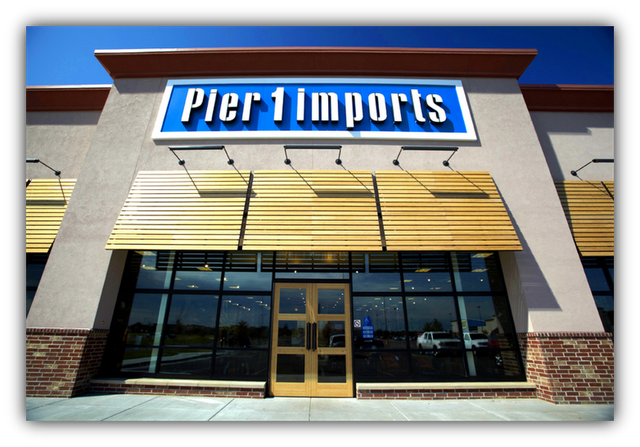Luke Schuette founded Lamboo in 2003. As a student of architecture at Southern Illinois University, Schuette became fascinated with structural materials and engineered wood. For his final project, he performed an analysis on engineered bamboo for structural applications, and became passionate about the material.
In 2007, Schuette, successfully petitioned the American Society for Testing and Material (ASTM) to revise their standard, D5456, to include the evaluation of laminated veneer bamboo for structural use. He now serves as the Chairman of D07.02.03 at ASTM International.
As a result of his educational background, Schuette’s natural target market is architects, who can specify Lamboo in their building projects. They can then order products from Lamboo’s nearly 30 partners, who offer high-performance bamboo windows, doors, curtain walls, tables and countertops, structural systems, moveable glass doors, and interior and exterior panels. Lamboo’s partners span many sectors, and include NanaWall, Kolbe, Solarlux, Western Structures, Inc., Oversee Yachts, Dover, and Redbud Ridge.
Lamboo also sells panels and finished grade components directly to general contractors and carpenters.
One of Lamboo’s most notable clients is Pier 1 Imports, who has refitted close to 100 of their stores’ entryways with Lamboo bamboo awnings and doors (through partnership with Kolbe). The company plans to update 800 of their 1200 stores with the product.
Benefits of Lamboo Bamboo
Bamboo is a rapidly renewable material, meaning that its harvest cycle is 10 years or less. In fact, Lamboo has hand-picked 6 of the 1600 species of bamboo, which it believes are the best for both high performance and sustainability. These species have harvest cycles of 6-8 years, and is considered to be a low embodied energy material with an excellent life cycle as compared to other materials such as plastics and fiberglass. In comparison to a traditional forest, a bamboo forest produces six times the amount of material per acre per year and sequesters 35% more carbon.
In comparison to traditional wood, bamboo is ten times stronger in tension and over three times stronger in general mechanical properties. However, it has the same thermal properties of wood, meaning that in glass applications, it is more energy efficient than aluminum, vinyl, plastics, steel, and other alternatives.
Additionally, the materials has low VOCs and formaldehyde, making it ideal for indoor air quality.
LEED Credit Overview
According to the LEED for New Construction 2009 rating system, Lamboo bamboo can contribute to the following credits:
• Materials and Resources (MR) Credit 6, Rapidly Renewable Materials (1 point):
This credit requires that 2.5% of the total value of building materials are rapidly renewable, which means that they can be harvested in 10 years or less.
• Indoor Environmental Quality (IEQ) Credit 4.4, Low-Emitting Materials - Composite Wood and Agrifiber Products (1 point):
This credit requires that composite wood products, agrifiber products, and laminating adhesives contain no added urea-formaldehyde.
Lamboo could also potentially contribute to the Innovation in Design category as an Environmentally Preferable Material and/or Life Cycle Assessment/Environmental Impact.
(Read more)
(Excerpt of article by Claire Moloney of Green-Buildings.com.
For questions regarding Lamboo, our products, or to schedule an interview please
visit our website at www.lamboo.us or contact us at info@lamboo.us 866-966-2999
"MAKING INNOVATIVE THINKING A STANDARD" - Lamboo Incorporated
Blog by: Dustin Dennison






No comments:
Post a Comment